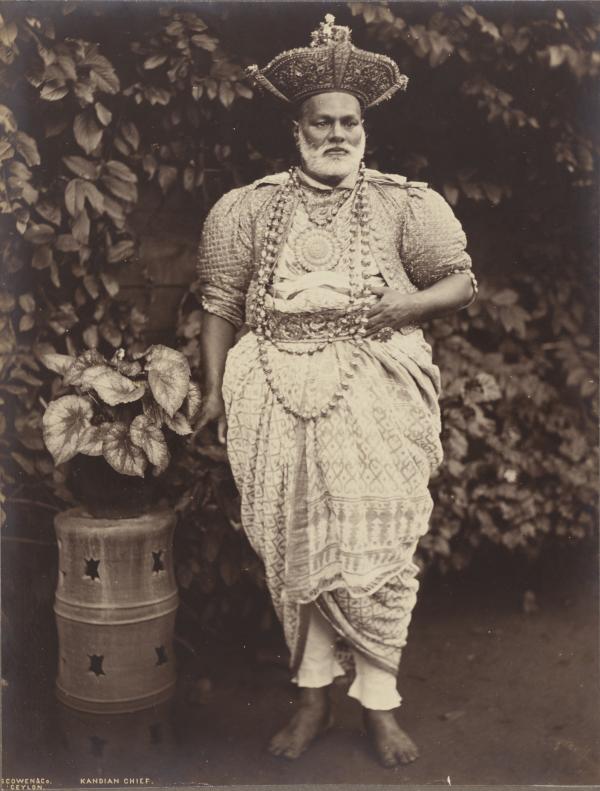Sri Lanka had been known to the ancient world since the fourth century BCE, when Greek mariners first caught wind of a fabulous jewel-bearing island somewhere near the southern tip of India. Indians knew the island as Ratnadvipa (island of gems), and similar designations were soon adopted by Chinese and Arab seafarers. Precious stones—rubies, sapphires, amethysts, garnets, topaz, pearls, and many others—always find mention in the travel literature on Sri Lanka, even to this day. The earliest accounts also do not fail to record impressions of Sri Lanka’s verdant setting—its blue-green waters, coral reefs, mangrove thickets, coconut palms, and other fruit-laden trees. In the island’s lush interior, mountains, forests, lakes, rivers, and, of course, elephants elicited much commentary. The teardrop-shaped island was very much like an emerald jewel in the Indian Ocean, as many Sri Lankans like to think of their nation today. So it is perhaps fitting that multifaceted notions of gems undergird LACMA’s latest exhibition, The Jeweled Isle: Art from Sri Lanka, the first comprehensive exploration of the island to be organized in the U.S.
The most revered “gem” in Sri Lanka today is the Tooth Relic of the Buddha which, since the 16th century, has been housed in a temple within a palace complex at Kandy, the seat of the last independent kings in Sri Lanka. The annual procession of the Tooth Relic regularly unleashed a wide range of artistic expression that forms a special focus of the exhibition. A palladium of rule, the Tooth Relic sanctified Kandy, as it did Anuradhapura (3rd–10th century) and Polonnaruva (11th–13th century), the most important earlier capitals in Sri Lanka. The exhibition presents art associated with all three of these sites, which are crucial to understanding the arc of Buddhism’s history on the island. In fact, Buddha images, sumptuous manuscripts, and Buddhist architecture can be viewed as facets of the Triple Gem (or Triratna)—the Buddha, his teachings, and the monastic community—in which all Buddhists seek refuge.
Sri Lanka has long been a predominantly Buddhist country, but Hinduism, Islam, and Christianity also flourished there. Because of the island’s proximity to India, Hindu and Brahmanical deities were incorporated into Sri Lankan belief systems and patterns of religiosity since the early centuries BCE. Islam and Christianity were introduced primarily as a result of trade, missionary activity, and successive Dutch, Portuguese, and British colonists. A number of works throughout the exhibition speak to the impact of these various forces on Sri Lankan art and culture well into the modern day. Such an expansive exhibition, spanning nearly two millennia of Sri Lanka’s history, is possible because of the superb quality and range of material that exists in LACMA’s own holdings of Sri Lankan art. In addition to the artworks from LACMA's South and Southeast Asian department, few of which have ever been shown, the exhibition includes a selection of late-19th century views of Sri Lanka from the museum's Wallis Annenberg Photography Department. We are excited to announce that LACMA has also recently acquired, through a generous gift, the 20 photographs by the Sri Lankan photographer Reg van Cuylenburg that are on view in the show. Although the exhibition includes numerous loans, the works at its core are the “gems” from our own museum.
The Jeweled Isle: Art from Sri Lanka is on view from December 9, 2018 through June 23, 2019 in the Resnick Pavilion. Member Previews are December 6–8, 2018. Not a member? Join now!



